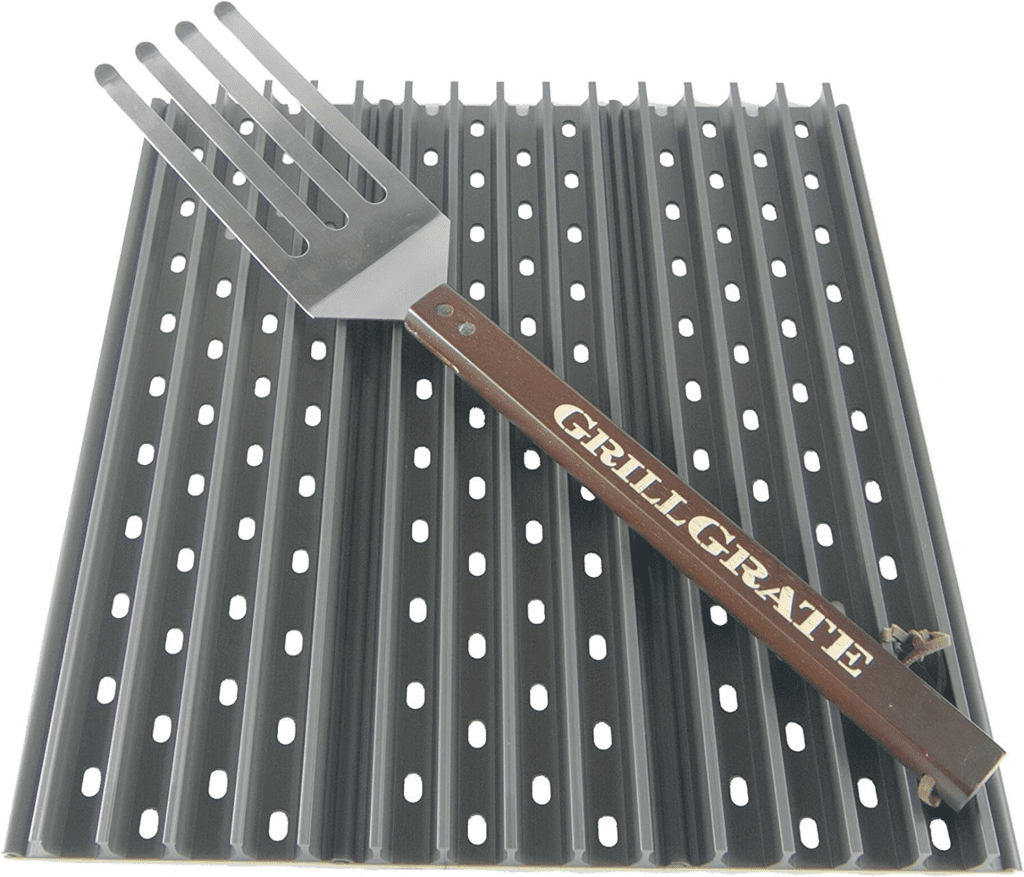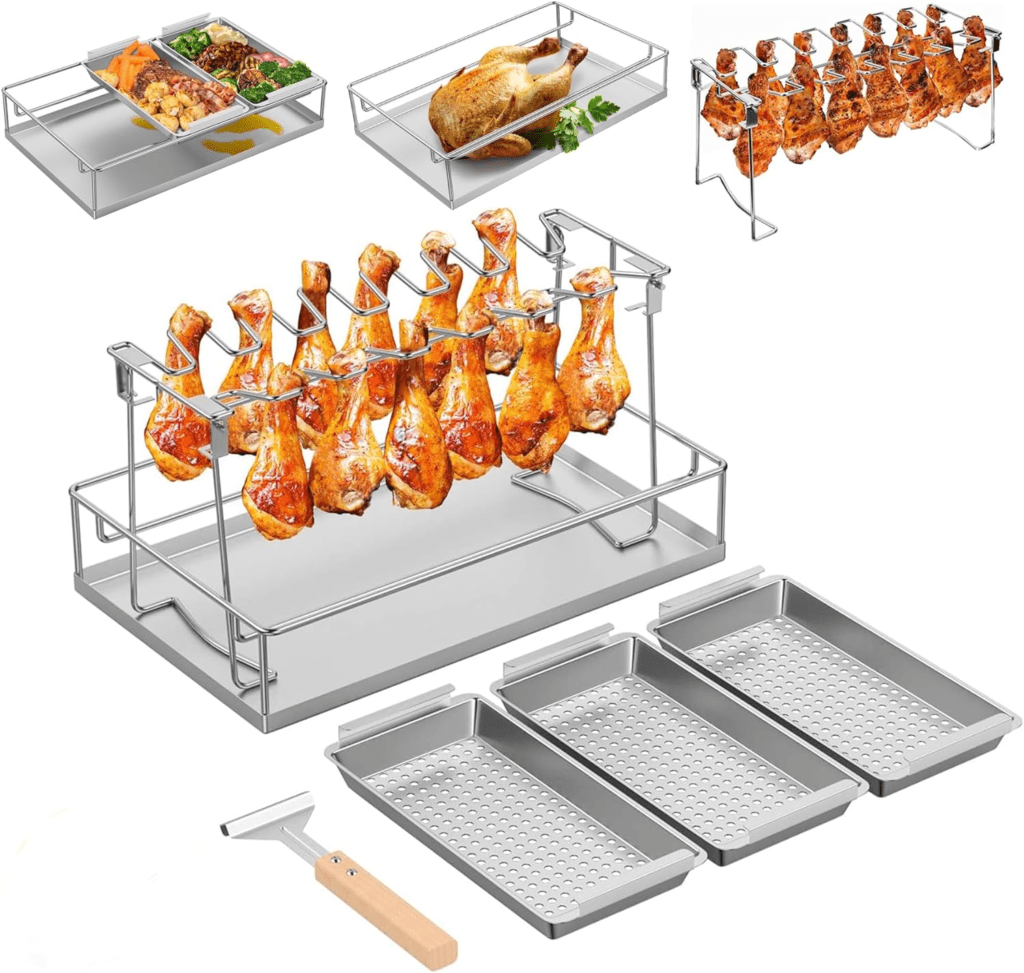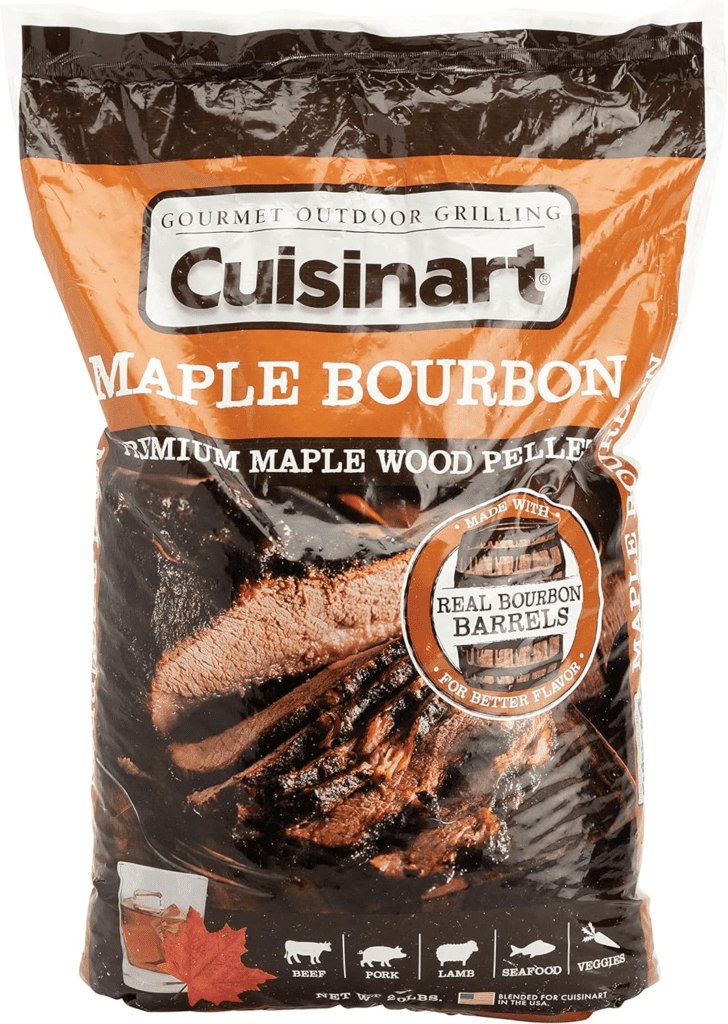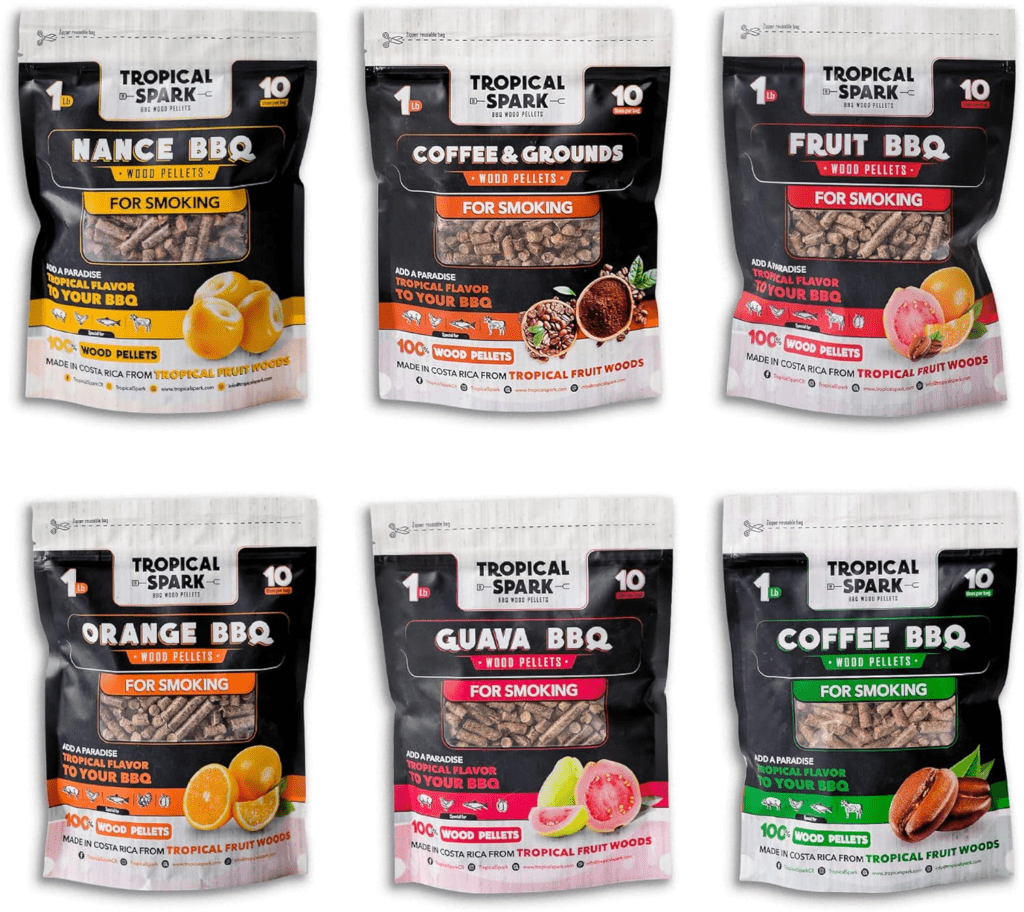Share via:
Beginners may find it difficult to figure out which type of grilling or smoking technique to use from the many available. No matter what type of smoker you use, there are some basic requirements every beginner should be familiar with.


From regulating heat and even smoke to picking the right wood for your meat, the following tips will set you up to smoke your food every time with that perfect smoky flavor and tender texture.
Then the experienced one goes first, so if you’re a beginner in smoking or grilling, you need to read our simple steps that will take your BBQ skills to the next level.
Related Article to Pellet Grills/Smokers
Can you leave the pellet in Hopper?
Can you leave the pellet grill unattended?
Smoker/Pellet Grill Tips For Beginners
Enhance your BBQ prowess with these essential beginner tips, guaranteed to elevate your grilling skills and take you to new heights.
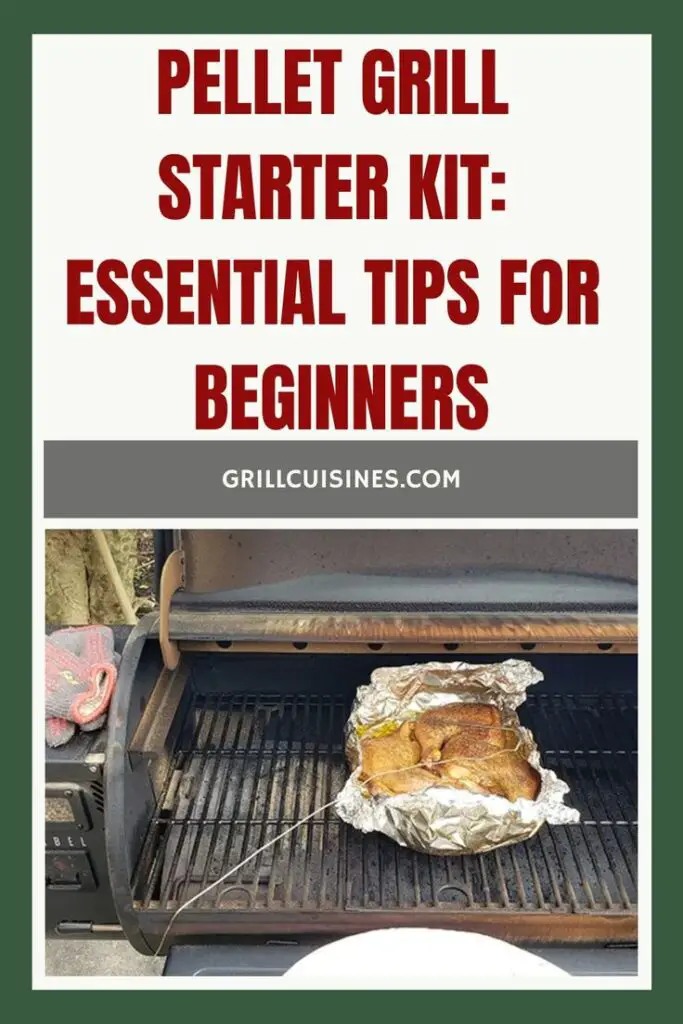

1- Preheat your pellet grill
Preheating your pellet grill is an essential first step before cooking. This process allows the grill to reach the desired temperature and stabilize the smoke production, which is crucial for achieving even cooking and optimal smoke flavor throughout the cooking session.
It’s recommended to preheat your pellet grill for at least 15–20 minutes, or until the temperature gauge reads your target cooking temperature.
2- Give the grill time to settle
After preheating your pellet grill, it’s important to give the unit some time to settle and stabilize before adding your food.
This allows the internal components to reach their optimal operating temperatures and ensures the grill is ready to maintain consistent heat and smoke levels.
3- Season your Pellet Smoker
The next step after preheating and allowing the pellet grill to settle is to properly season the unit. To season a new pellet smoker, you should clean the interior, apply a thin layer of cooking oil, then preheat the smoker, and let it run for an hour or more to burn off any residual manufacturing oils.
Follow these steps to properly season your pellet smoker:
- Clean the Interior: Start by thoroughly cleaning the interior of the smoker. Remove any dust, debris, or manufacturing residues from the cooking chamber, racks, and drip tray using a mild detergent and warm water. Rinse thoroughly and allow the smoker to dry completely.
- Apply Cooking Oil: Once the interior is clean and dry, apply a thin layer of cooking oil, such as vegetable oil or canola oil, to the cooking grates and interior surfaces of the smoker. Use a paper towel or cloth to evenly coat all surfaces with oil, including the walls, racks, and any other exposed metal parts.
- Preheat the Smoker: Preheat the smoker to a temperature of around 250°F (121°C) to 300°F (149°C). This temperature range is ideal for seasoning and allows the oil to polymerize and create a protective layer on the interior surfaces of the smoker.
- Let it Smoke: Once the smoker reaches the desired temperature, allow it to generate smoke for at least 30 minutes to an hour. This process helps to burn off any remaining residues or impurities while allowing the oil to bond with the metal surfaces, creating a non-stick coating that enhances the flavor of your food and prevents rusting.
- Monitor the Smoke: During the seasoning process, monitor the smoke production to ensure that it remains consistent and clean. If you notice excessive or foul-smelling smoke, adjust the settings or ventilation to improve airflow and reduce the buildup of creosote.
- Cool Down and Wipe Clean: After the seasoning process is complete, turn off the smoker and allow it to cool down completely. Once cooled, use a clean cloth or paper towel to wipe away any excess oil or residue from the interior surfaces of the smoker. This helps to remove any remaining impurities and ensures that your smoker is ready for use.
Related > > How to clean creosote from smokers


4- Identify hot spots
Identifying any hot spots on the cooking grates of your pellet grill or smoker is an important step to ensure even cooking. To do this, start by preheating the grill to medium-high heat. Then, place slices of white bread in a single layer across the entire surface of the cooking grates.
After about a minute, flip the bread slices over, keeping them in the same spot. Observe the grill marks on the bread – the slices with much darker grill marks indicate the hotter areas on the grill grates.
Take a photo of the bread pattern to remember the hot spot locations, as this will help you adjust food placement during cooking for more consistent results across the entire cooking surface.
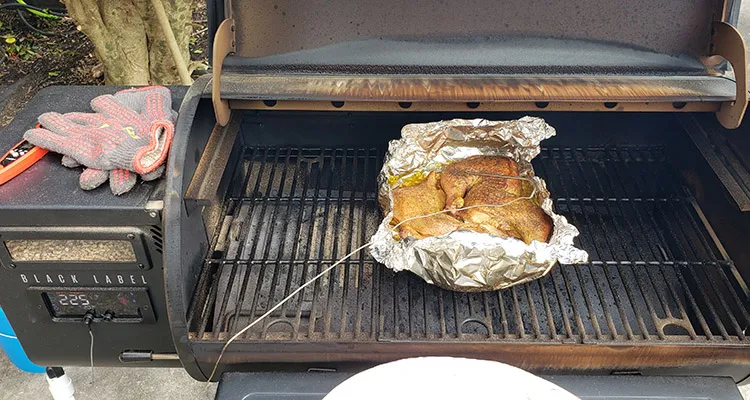

5- Invest in Pellet Grill accessories
With the right tools for your pellet grill, you can enjoy and manage yourpellet grill more efficiently and effectively.
From precision temperature probes to ensure your meats are cooked to perfection, to grill brushes that help maintain cleanliness and longevity, each tool serves a purpose in enhancing your cooking process.
Invest in essential pellet grill accessories like:
Grill covers protect your grill from the elements.
Pellet hopper extensions increase pellet capacity for longer smoking sessions.
Temperature probe thermometers for precise cooking control.


Grill grates or griddles offer cooking versatility for various foods.
Smoking tubes or boxes intensify smoke flavor.
Pizza stones and pizza peels transform your grill into a wood-fired pizza oven.


Rib racks, roasting pans, and meat injectors expand cooking options.
Grill brushes and cleaning tools maintain grill hygiene.
6- Reverse sear
The reverse sear method involves starting food at a lower temperature to cook it through, then finishing with a high-heat sear to develop a delicious crust.
This helps ensure even cooking from edge to edge, while providing the signature charred exterior, especially for thicker cuts of meat. Mastering the reverse sear on your pellet grill can help you achieve restaurant-quality results.
7- Add your wood pellets
When using a pellet grill or smoker, properly adding wood pellets is key for consistent smoke production and flavor.
Fill the pellet hopper with high-quality pellets designed for grilling and smoking. As the grill preheats, the pellets will automatically feed into the fire pot to maintain the set temperature. Monitor the pellet level and refill as needed.
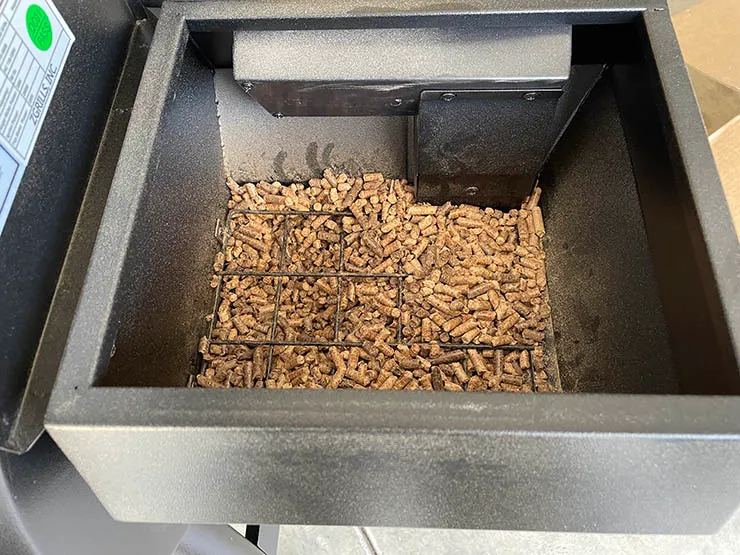

8- Manage your smoke and temp
Maintaining the right balance of smoke and temperature is key on a pellet grill. Start on the low “smoke” setting to generate more smoke, then increase the temperature as needed.
Adjust the dampers and airflow to control smoke production and stabilize the cooking temperature.
9- Use the grill’s searing feature
Many pellet grills and gas grills are equipped with a dedicated searing feature or burner that can help achieve high-heat searing for creating a delicious caramelized crust on meats and other foods.
The key is to preheat the searing burner or zone to very high temperatures, often over 500°F, before adding the food. This intense, direct heat sears the exterior quickly while leaving the interior tender and juicy.
The dedicated searing feature ensures consistent high heat, eliminating guesswork and fluctuations in temperature that beginners may encounter when using traditional grilling methods.
This consistency allows beginners to achieve professional-level searing results with confidence.
10- Use a thermometer
Investing in a reliable meat thermometer is highly recommended when using a pellet grill or smoker. Taking the guesswork out of ensuring your food is cooked to the perfect doneness, a quality thermometer can help you achieve consistently great results.
Insert the probe into the thickest part of the meat, avoiding bone, to get an accurate internal temperature reading. This simple tool is essential for monitoring your cook and preventing over or under-cooked dishes.
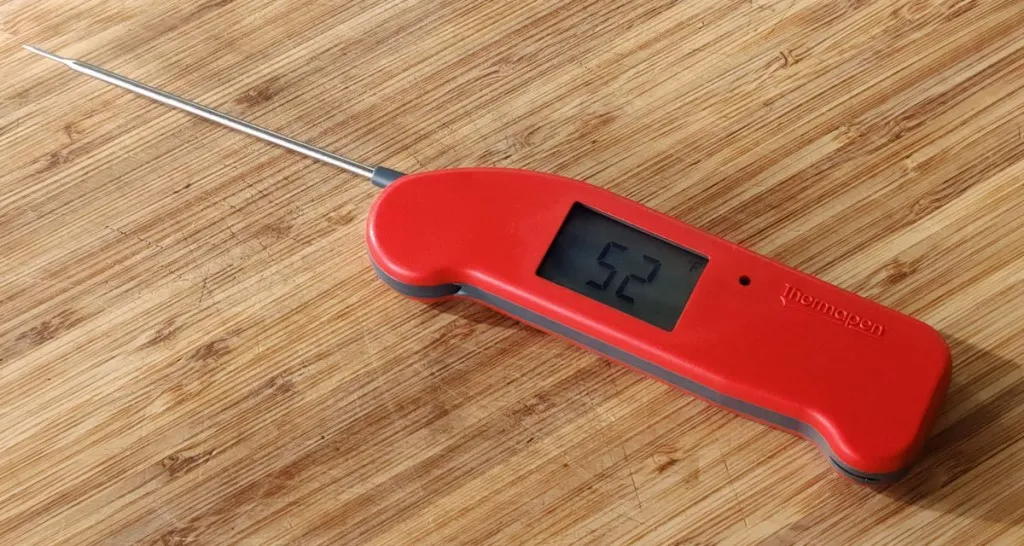

11- Use a pan with a rack
Using a pan with a raised rack when cooking on a pellet grill or smoker can be a helpful accessory. The raised rack allows air to circulate the food for even cooking, while the rimmed pan catches any drippings, keeping the grill grates cleaner and simplifying cleanup.
This setup is particularly useful for items that produce a lot of rendered fat or juices, like fatty meats or vegetables. Incorporating a pan and rack into your pellet grill setup can streamline the cooking process and maintenance.


12- White smoke is not good
White smoke is not desirable when cooking on a pellet grill or smoker. White smoke is generally a sign of incomplete combustion and can produce bitter, unpleasant flavors on the food.
The ideal smoke for smoking meat is a thin, blue-gray smoke, which indicates a clean, fire. To achieve the best results, it’s important to use properly seasoned and dry wood/pellets, ensure adequate airflow, and manage the fire temperature and oxygen levels to avoid white smoke.
Always store wood pellets in an air-tight container. Here are tips for storing wood pellets.


Sometimes smoke comes out of the hopper due to damp pellets or a blocked hopper. Read this to solve this problem.
13- Pizza attachment For Pellet Grills/Smokers
The pizza attachment for pellet grills transforms the smoker into a high-heat, wood-fired pizza oven.
By funneling heat from the firebox into a steel baking chamber with a pizza stone, it reaches over 800°F to cook gourmet pizzas in just 2 – 4 minutes. The attachment also enables baking bread and searing steaks.
With even heat distribution and the ability to reach high temperatures exceeding 500°F (260°C) or more, pizza attachments transform pellet grills and smokers into multifunctional outdoor pizza ovens. The wood-fired heat infuses pizzas with a rich, smoky flavor, replicating the experience of traditional wood-fired pizza ovens.
This allows for the creation of perfect pizzas with crispy crusts and melted cheese, customizable to various styles and preferences. These pizza attachments are perfect for all charcoal grills, gas grills, or pellet grills like Traeger.
14- Use Upper racks
The upper racks on a pellet grill or smoker can provide some distinct advantages compared to the lower racks.
The upper racks experience more convection heat and smoke, allowing you to simultaneously grill and bake with precision. The upper racks also provide additional cooking space to accommodate larger or multiple items.
15- Experiment with pellet flavors
Exploring different wood pellet flavors is key to developing your custom smoke profiles for smoked meats, vegetables, and more on a pellet grill or smoker.
Start with milder woods like apple or maple, then blend in stronger flavors like hickory or mesquite to create unique taste combinations.
When experimenting with pellet flavors, consider the flavor profiles of the ingredients you’re smoking. For example, hickory and mesquite are well-suited to bold meats like beef and brisket, while fruit woods like apple and cherry pair beautifully with poultry and delicate seafood, adding a subtle sweetness to the smoke.
One strategy for developing complex smoke profiles is to layer different wood pellet flavors throughout the smoking process.
Start with a base flavor like oak or hickory for a robust foundation, then add layers of fruit woods like apple or cherry for sweetness and complexity.
This layering technique allows you to customize the intensity and depth of the smoke flavor according to your preferences, resulting in rich and nuanced smoked dishes.
In addition to traditional wood pellet flavors, consider experimenting with specialty pellets that offer unique and distinctive smoke profiles.
For example, whiskey barrel pellets infused with bourbon barrel staves impart a rich, smoky flavor with hints of caramel and vanilla, perfect for adding depth to barbecue dishes.
Other specialty options include herb-infused pellets like rosemary or thyme, which add aromatic herbal notes to smoked foods.
16- Use heavy-duty foil for easier clean-up
Using heavy-duty aluminum foil can make cleanup on your pellet grill or smoker much easier. Line the drip tray or grill grates with foil to catch grease and food drippings.
This allows you to simply remove and discard the foil after cooking, rather than scrubbing the grates. The foil helps contain messes and simplifies post-meal cleanup.
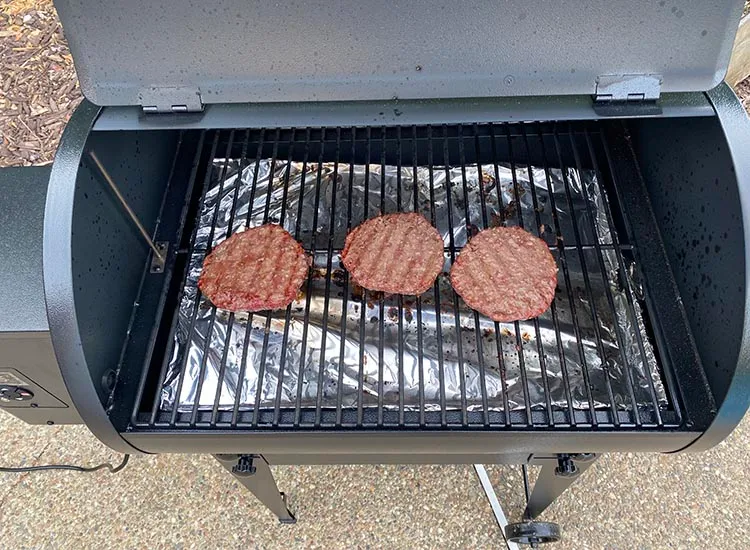

17- Smoke vegetables and side dishes on the Pellet grill
Smoking vegetables and side dishes can unlock incredible depth of flavor. Items like potatoes, corn, asparagus, and even fruits like apple or pineapple slices can absorb the smoky essence when cooked alongside your main proteins.
Experiment with different wood pellet flavors to compliment your vegetable dishes. The smoky notes can transform simple sides into something truly special.
18- Clean your Pellet grill frequently
Regularly cleaning your pellet grill or smoker is essential for maintaining optimal performance and flavor. Remove any built-up grease, ash, and food debris from the grates, drip tray, and interior components after each use.
This prevents flare-ups and ensures your next cook starts with a clean, well-functioning grill.
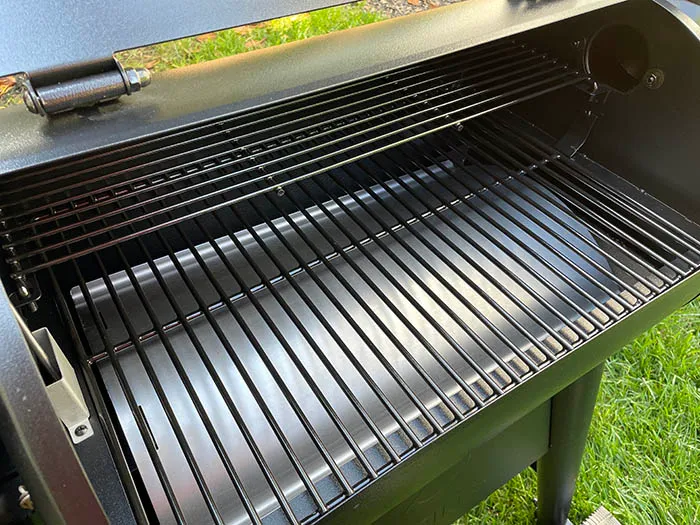

Related Articles You Might Like
Why Did My Pellet Grill Catch On Fire? 5 Tips to Put Out Pellet Grill Fire


10 Tips For Baking On Pellet Grill




